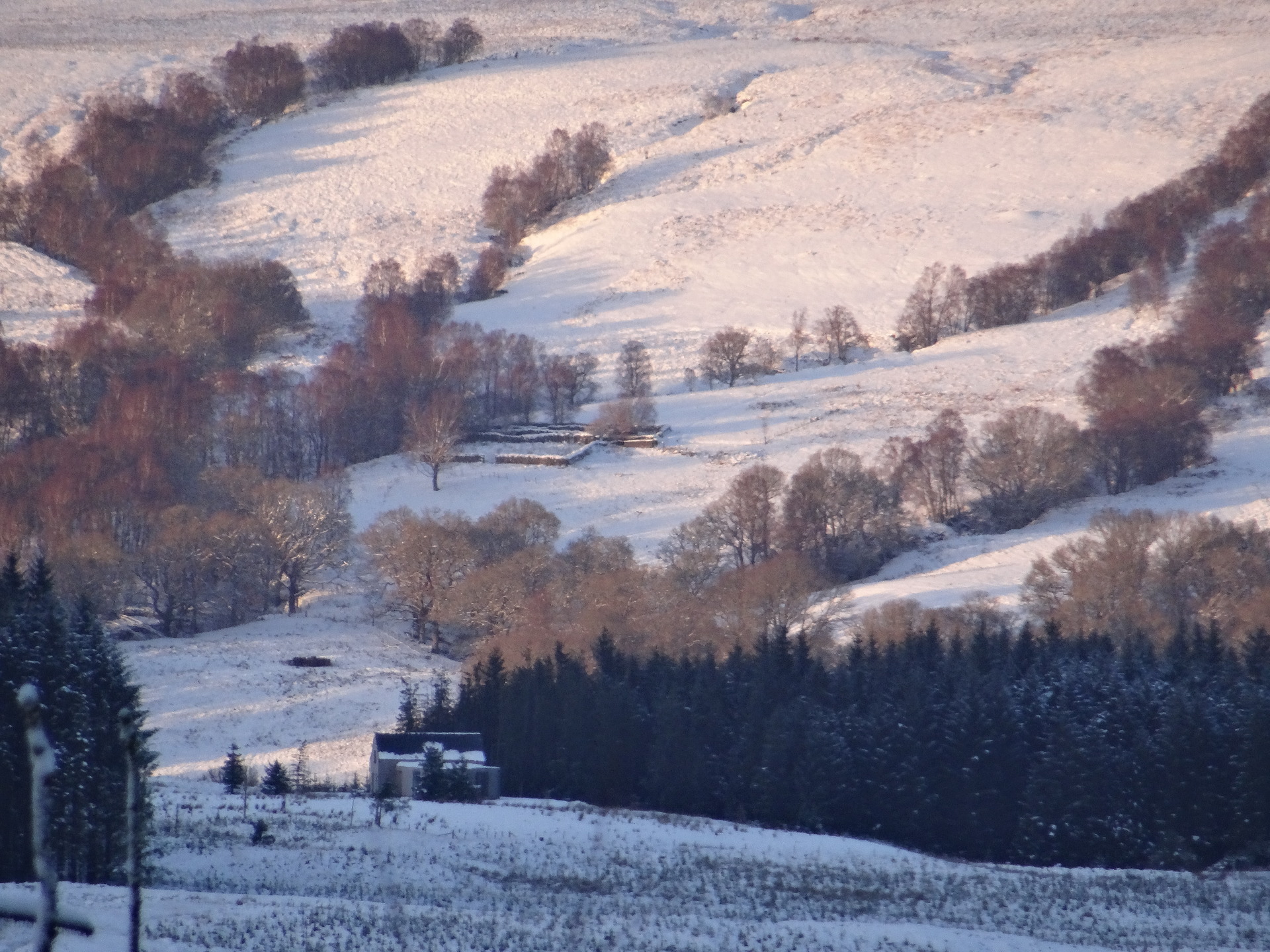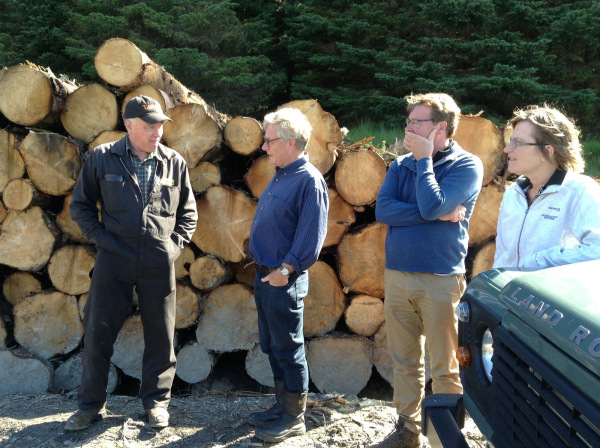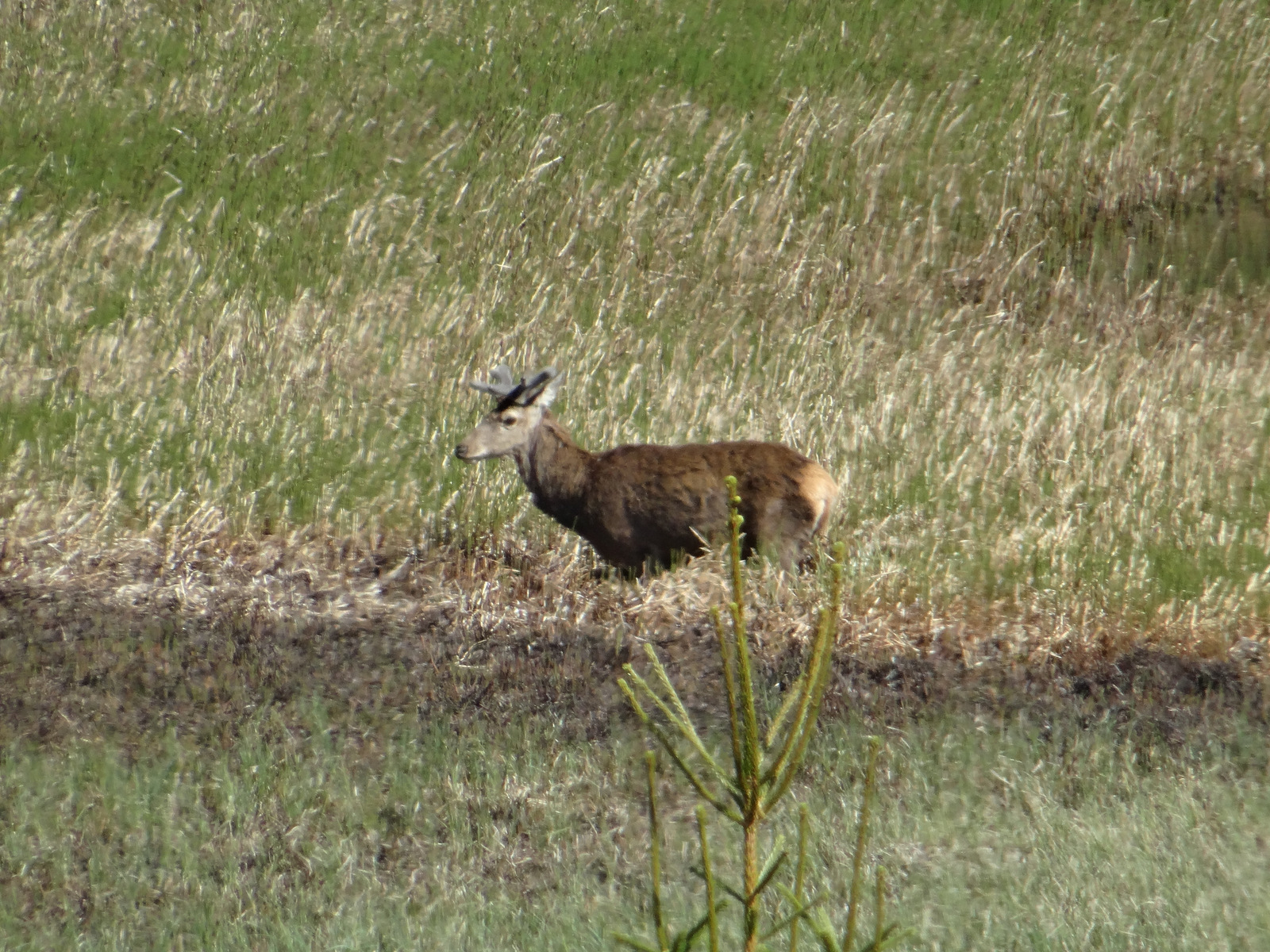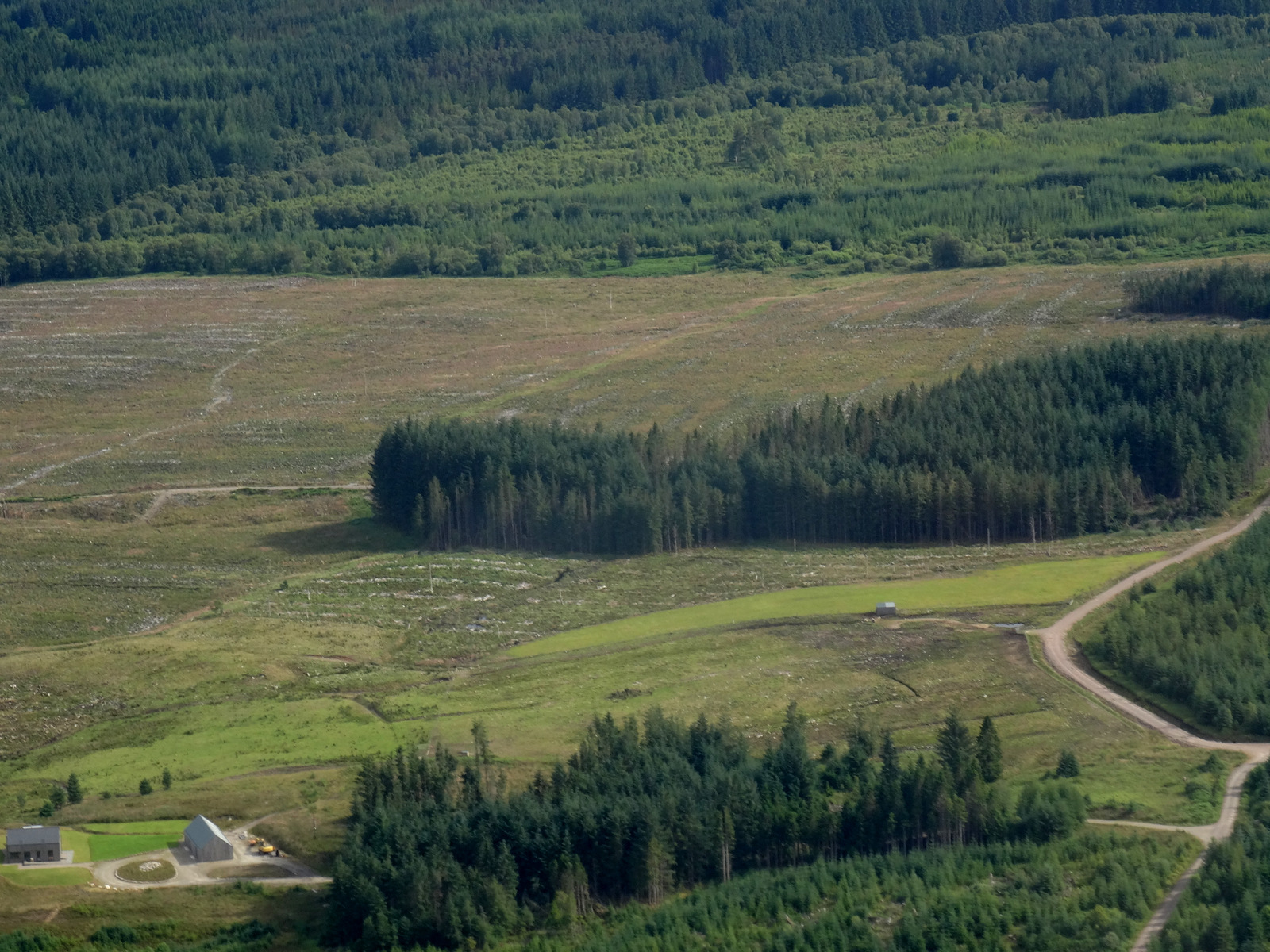Killiechonate Woodlands

History
Land in transition
Killiechonate Woodlands has started in the 1960's as a project of the Alcan aluminium company. The main purpose was to grow small trees that could be used as "pokers" in the smelter. Later on the pokers were not used anymore. The woodlands were sold to an investment fund. Planting continued until the late 1980's, especially on the high ground. This is the reason that there are still mature trees on hte top of the hill while lower areas have already been harvested. In 2003 the woodlands were bought by the present owners. Since then there has been much more activity because a long period of harvesting and re planting had begun. Several new roads and a bridge were constructed and harvesting takes place all year round. Every spring aproximately 100,000 trees will be planted.
Collle Aonachain Lodge in winter
The area around Spean Bridge has gone through many changes. Until around 1960 only the woodls along the river Spean, called Coille Aonachain, woods of the marketplace, existed. Everything else was oped land. Because there is still so much open land in Scotland many people are inclined to beleive that this was the natural state. However, while working to plant new trees stumps from long ago appear everywhere showing that forest has been the natural state of the land before.
Forestry has a substantial impact on the environment. It mitigates the effects of storm and rain. It changes the wildlife, fewer deer but many more birds and small mammals. Especially the reduction of grazing by sheep and deer has an enormous impact. Many species of wildflowers return to the woods. This process is still ongoing. Every year we notice species that have not been seen here before.
-
Red deer in the pondDescription
-
House, shed and diggerDescription
-
 Preparing the job
Preparing the job
You can find an archeological report of Killiechonate Woodlands here:
archeological_report.pdf
More about our history soon.

